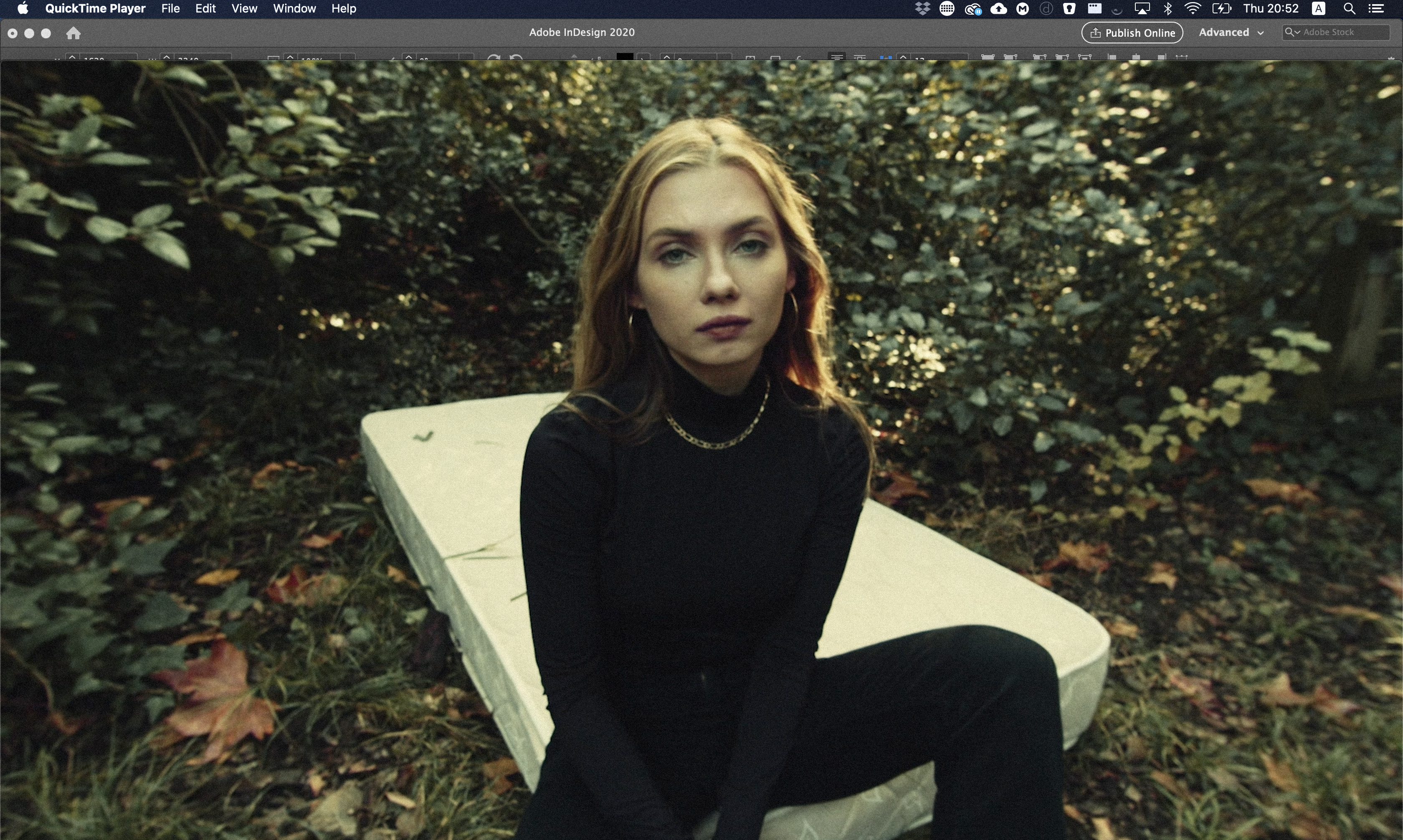-
Posts
8 -
Joined
-
Last visited
Reputation
2 NeutralAbout Stefano Zordan
- Birthday 10/29/1994
Personal Information
-
Website
https://www.stefanozordan.com/
Recent Profile Visitors
678 profile views
-

Copy pasting parts of a node tree to other shots
Stefano Zordan replied to Alexander Isaksson's topic in DaVinci Resolve
Alex, there are different ways to do this. On the manual and also on the beginners guide to Davinci is also shown if you want to read more. First way is just creating your node tree with the look section on the hero shot, and then grabbing a still (right click on the viewer). You then select all the other shots, you right click on the still and do Apply Grade. You can do the same without saving a still, if you prefer. Just select all other shots and right click on the hero shot and do Apply Grade. If you instead already done the balancing of every shots, you have to go and remove the balancing nodes on your hero shot and instead use Append Grade, so only the look section you created will be applied. -

Creative Boost: Beyond Color. The Revolution of Finishing.
Stefano Zordan replied to Mazze's topic in Announcements
Great! Thanks a lot Matte for sharing a piece of knowledge with us. I will probably take part at your event too even if not a Scratch user, but the Realtime color & comp sounds neat. -
Yea you're right, to have the possibility to do this in reverse would be ideal. And this is what ACES could give us in theory. Practically, it's advisable to check the grade anyway after changing colorspace, especially going from a smaller gamut to a bigger one. To grade for REC709 and then to switch to REC2020 will be however not advisable (or better you would have definitely to tweak the grade afterwards).
-
Hi Alex, Highlights issues on ACES are actually very common. This happens most of the way because the colors that are out the rec709 gamut or very near of its bounds are reinterpreted wrong from ACES. I don't know if this will solve your problem, but one fix I'm finding myself using often is the "Neon Suppression LMT" on AP0 processing mode. This can probably be fixed with some custom DCTL's too, so I'll be interested to know too if someone else has another solution to it.
-
Maybe the VFX artist worked without color management? I assume he's working on AE and he didn't select the right colorspace?
-
I think the best way it to always play with curves yourself. With curves, there aren' really different types or settings to follow. You will always get different results with different plates. If you want to replicate a look from another movie, try to match your plate with a screenshot of the movie (or take a look at 'framegrab') playing with the curves, with the lift gamma gain dials or also alltogether.
-
What you want to consider, before you start, is your viewing environment and the display your using. Let's suppose you want to grade for a SDR delivery. For theathers normally they would be using a projector working with P3-DCI, so this would be your first thing to checkout on your monitor. Then, I would also setup the timeline colorpace in P3, because its gamut is bigger that rec709 (for streaming) and same the output. When you're done grading for the theaters delivery, you can then switch all you viewing environment and your monitor colorspace back to rec709 and check out your grade for streaming. I would consider working with ACES for that matter and have the flexibility to swith between different odt's without major problems.
-

Disable optimized media in DaVinci Resolve
Stefano Zordan replied to Thomas Singh's topic in DaVinci Resolve
Hi Thomas, I advise you to change your Optimized Media settings on "Projects Settings" under the Master Settings. There you can decide how you want the resolution of your media clips to be. I would leave Original, and instead select another compressed format. At the end, anyway, when you will export Davinci will automatically use your original clips.


